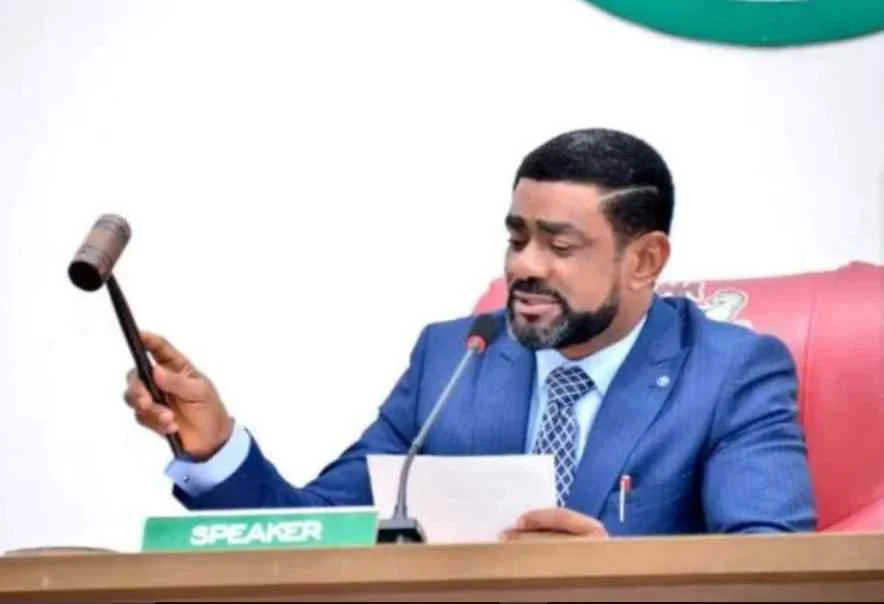Governor Monday Okpebholo of Edo State has stepped in to resolve a growing land dispute between the Museum of West African Art (MOWAA) and the State Specialist Hospital in Benin City.
During an inspection tour of the MOWAA development site at King’s Square on Wednesday, the governor expressed concern over the extent of encroachment on hospital property and issued directives to prevent further conflict.
Accompanied by MOWAA’s Executive Director, Mr. Philip Iheanacho, the governor sought firsthand insight into the spatial layout of the museum project and its proximity to the hospital.
The visit was prompted by complaints that critical hospital facilities—including doctors’ quarters, emergency wards, and the mortuary—had been displaced without replacement.
Governor Okpebholo described the situation as unacceptable, likening it to a tenant attempting to displace a landlord.
“The hospital has served Edo people for over 90 years. It is a vital public institution that must be protected,” he stated. “We cannot allow cultural development to come at the cost of essential healthcare services.”
He directed that a clear and enforceable boundary be established between the two properties to prevent future disputes and safeguard public assets.
“We’ve shown MOWAA the limits of their allocation. They must respect those boundaries,” he added.
While reaffirming his administration’s support for cultural preservation and creative investment, Okpebholo emphasized that such projects must not compromise the welfare of citizens or disrupt public services.
“Development must be balanced. We are committed to progress, but not at the expense of our people’s wellbeing,” he said.
The MOWAA project, initiated under the previous administration of Governor Godwin Obaseki, has entered its first phase of construction.
However, tensions over land use have prompted a reassessment of the project’s footprint.
Responding to the governor’s concerns, Mr. Iheanacho acknowledged the importance of resolving the matter amicably. He explained that the museum’s plans were based on a Certificate of Occupancy issued by the former administration but expressed willingness to cooperate with the current government.
“We appreciate the governor’s support and are committed to working with the state to ensure that our development respects all boundaries,” Iheanacho said. “Our goal is to contribute to Edo’s cultural landscape without disrupting existing institutions.”
The intervention by Governor Okpebholo is seen as a proactive step toward balancing heritage development with public service preservation, ensuring that both institutions can coexist and serve the people of Edo State effectively.

